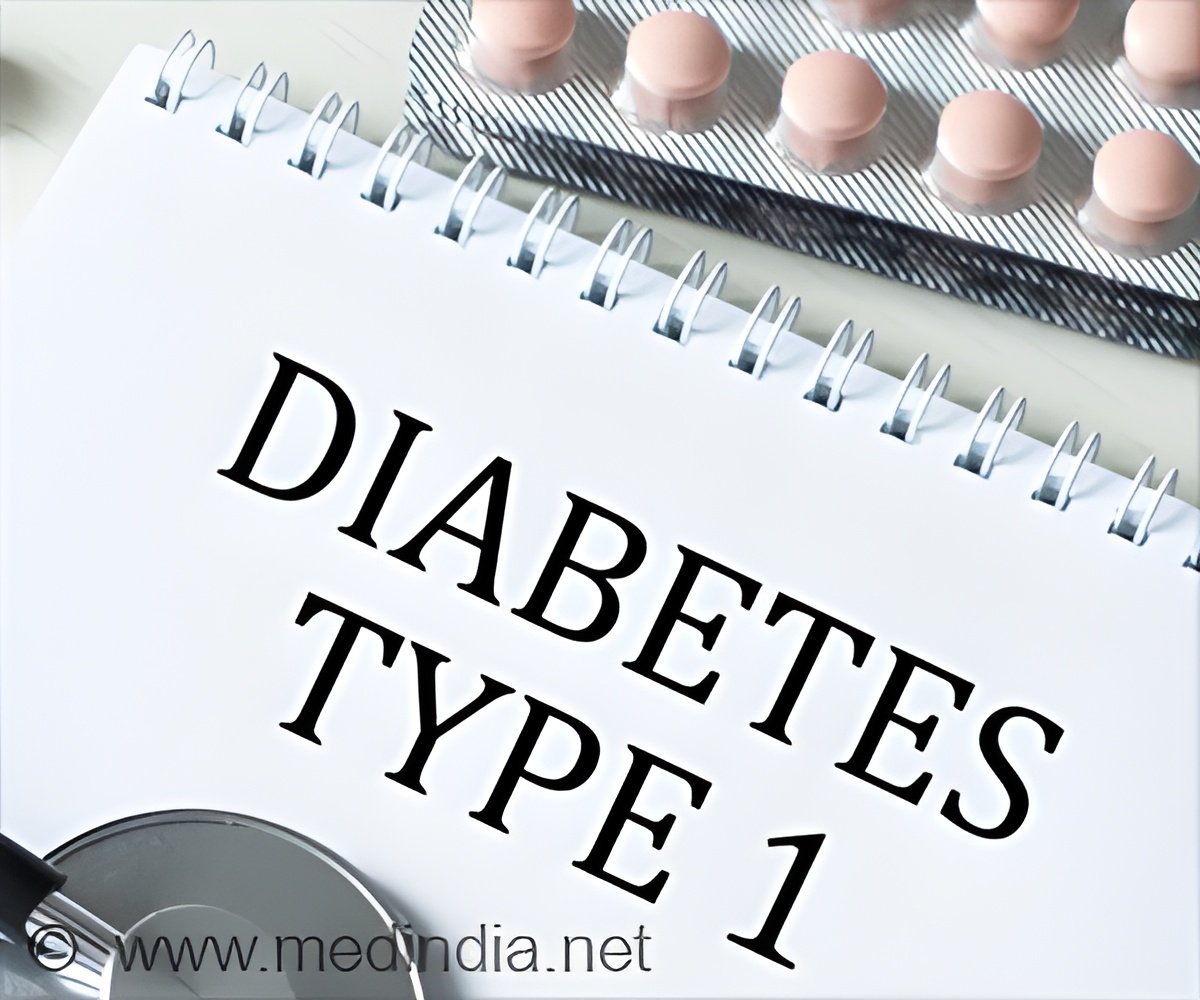
Adults with type 1 diabetes (T1D) still find it very difficult to exercise and engage in physical activity because of their fear of hypoglycemia, or low blood sugar, even with the widespread use of insulin pump therapy and continuous glucose monitoring.
However, the data suggest that addressing exercise and diabetes care in the clinic may help reduce this concern.
As the risk of heart attacks and strokes is higher in those with type 1 diabetes, regular exercise can help persons with diabetes reach their blood glucose targets, improve their body composition and fitness, and lower the death rate.
However, many persons with type 1 diabetes do not maintain a healthy body weight or complete the necessary amount of physical activity each week.
Some prior research examined the barriers to exercise in T1D, but their sample sizes were small.
Researchers evaluated persons with T1D’s knowledge, barriers to physical activity, and related predictive factors to close this significant data gap.
Through social media worldwide and Diabetes Network (research registration), researchers collected adults with type 1 diabetes(1✔ ✔Trusted Source
Barriers to Exercise in Adults With Type 1 Diabetes and Insulin Resistance
Advertisement
Overall, 463 adults, 221 men and 242 women, with T1D answered an anonymous web-based questionnaire to assess barriers to physical activity (measured on the modified Barriers to Physical Activity in Type 1 Diabetes [BAPAD-1] scale), diabetes management, and attitudes to exercise and sport.
Participants were asked to rate on a 7-point Likert scale [1 (extremely unlikely) to 7 (extremely likely)] the chance that each of 13 factors would keep them from doing regular physical activity in the next 6 months.
Advertisement
Factors included:
- Loss of control over diabetes
- Risk of hypoglycaemia
- Fear of being tired
- Fear of getting hurt
- Low fitness level
- Lack of social support
Researchers calculated average scores for each factor and assessed which were most correlated with perceived barriers to physical activity, as well as identifying independent predictors.
The participant reported median age of respondents was 45-54 years, the median disease duration 21-25 years, and the median HbA1c 50-55 mmol/mol (an ideal level is 48 50-55 mmol/mol or below).
Over three-quarters (79%) of respondents reported using continuous or flash glucose monitoring, around two-thirds (64%) said they were treated with multiple daily insulin injections, and over a third (36%) reported using insulin pump therapy.
The researchers identified that despite advances in technologies and diabetes management, the risk of hypoglycaemia with exercise remains a significant barrier to physical activity.
Importantly, participants who best understood the importance of adjusting insulin dose before and after exercise as well as adjusting carbohydrate intake for exercise were found to be less fearful of hypoglycaemia associated with physical activity.
This knowledge is essential to adapt insulin and/or carbohydrate intake to prevent hypoglycaemia induced by exercise.
The researchers also found that being asked about exercise or sport within a diabetes clinic was negatively correlated with fear of hypoglycaemia, and identified exercise confidence as the strongest independent predictor of fear of physical activity.
“Our findings demonstrate that to break down the barriers to physical activity, and empower our patients to exercise safely and effectively, we need to improve the education we provide and our dialogue about exercise in clinics,” said Dr Farrell. “In turn, this should help them to achieve the multitude of health benefits that exercise offers.”
Reference:
- Barriers to Exercise in Adults With Type 1 Diabetes and Insulin Resistance- (https:www.sciencedirect.com/science/article/pii/S1499267123000977)
Source-Eurekalert



